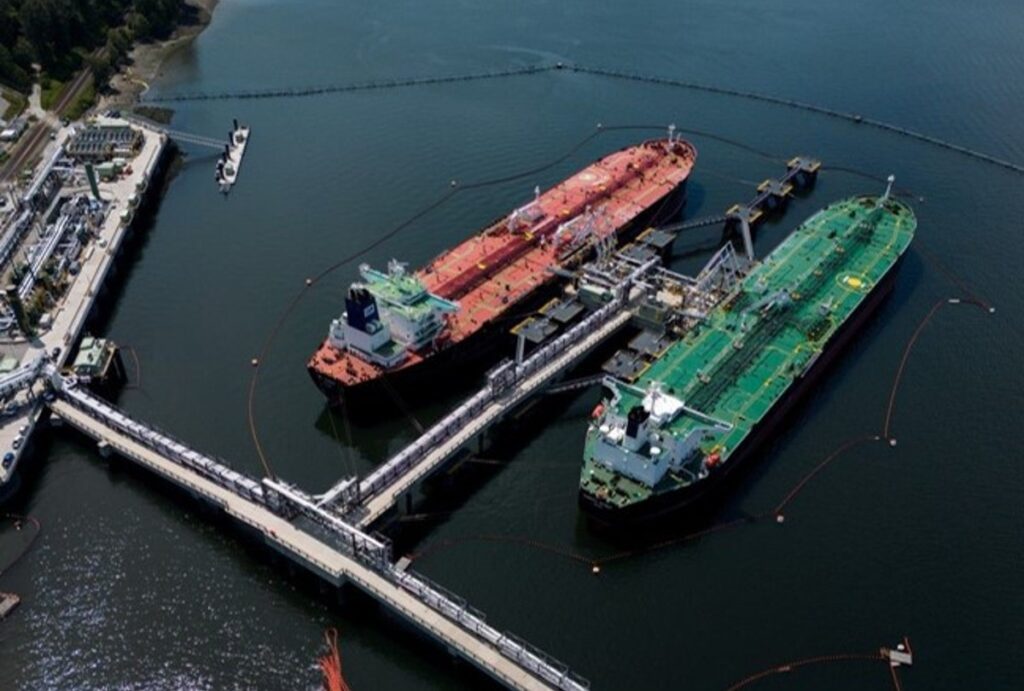
The newly-expanded Trans Mountain pipeline is allowing oil producers to shift as much as 890,000 barrels a day to Asia
Canadian heavy crude prices are entering the fourth quarter at their strongest level since July amid rising Asian demand for the heavy oil sands crude.
Heavy Western Canadian Select’s price in Alberta was US$10.50 a barrel below United States benchmark West Texas Intermediate on Wednesday, the tightest discount since mid-July, according to Modern Commodities prices and historical General Index data compiled by Bloomberg.
That’s unusual as the October-to-December period is typically when WCS trades at its largest discount to WTI because that’s when U.S. refineries curtail output for maintenance and oil sands production often peaks. WCS has traded this month at a mean of US$10.94 below WTI, the tightest discount in the month of October since 2020.
The newly-expanded Trans Mountain pipeline is allowing oil producers to shift as much as 890,000 barrels a day to Asia, away from the U.S. Midwest and Gulf Coast.
Imports to Asia, which all went to China, rose to 267,000 barrels a day in September, the highest since April, Vortexa tanker data show. About 86,000 barrels have so far been sent to China in October, the data show.
Canadian oil bound for China is currently at a higher price in Vancouver than in the U.S. Gulf, plus the cost for larger tankers that ship from the U.S. Gulf has been rising faster than the smaller vessels that ship out of Vancouver, said Jeff Kralowetz, vice president of business development at Argus Media.
The price in the Pacific also has been helped by relatively expensive prices for Middle Eastern oil grades that compete with Canadian crude such as Iraq’s Basrah heavy. Meantime, demand from Asia has helped compensate for U.S. refinery disruptions, including a fire this month at Chevron El Segundo, a buyer of Canadian oil.
Share This:




 CDN NEWS |
CDN NEWS |  US NEWS
US NEWS 






























